Seneca County Opportunity Center
Our team strives to guide you through the often challenging landscape of disability resources. We aim to make our community a place where every individual is valued, supported, and empowered to thrive.
SCOC Management Team
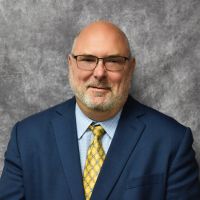
Lew Hurst
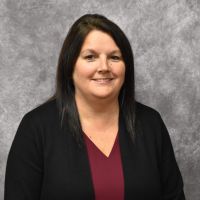
Michelle Ickes
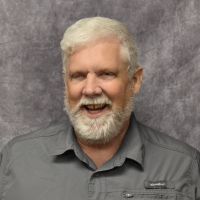
Dave Gase
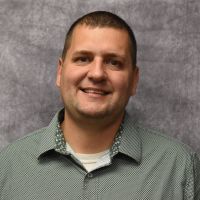
Kaleb Kuhlman
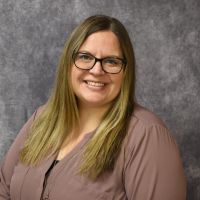
Natasha Nichols
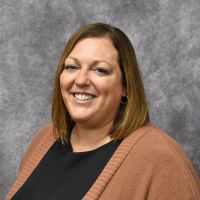
Amy Miller
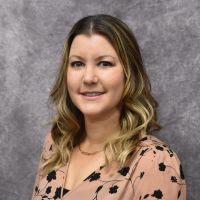
Jessica Garza
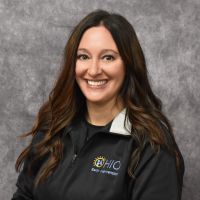
Nicci Drew
SCOC 169 Board
SCOC’s board is made up of dedicated individuals who serve, guide, and challenge all of us to keep doing everything we can to meet the needs in our community.
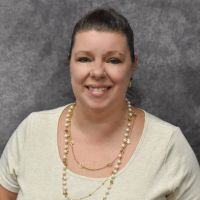
Erin Simmons
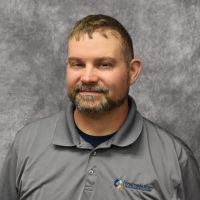
Arrin Allen
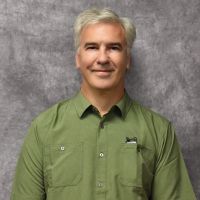
Frank Lengel

Joe Moore
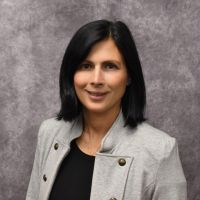
Kim Radison
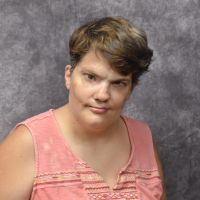
Michelle Smith
Board meetings are held on the third Tuesday of each month at 5:00 p.m. at SCOC unless subject to change. If there is a change, the public will be notified through social media, one call, and the website.
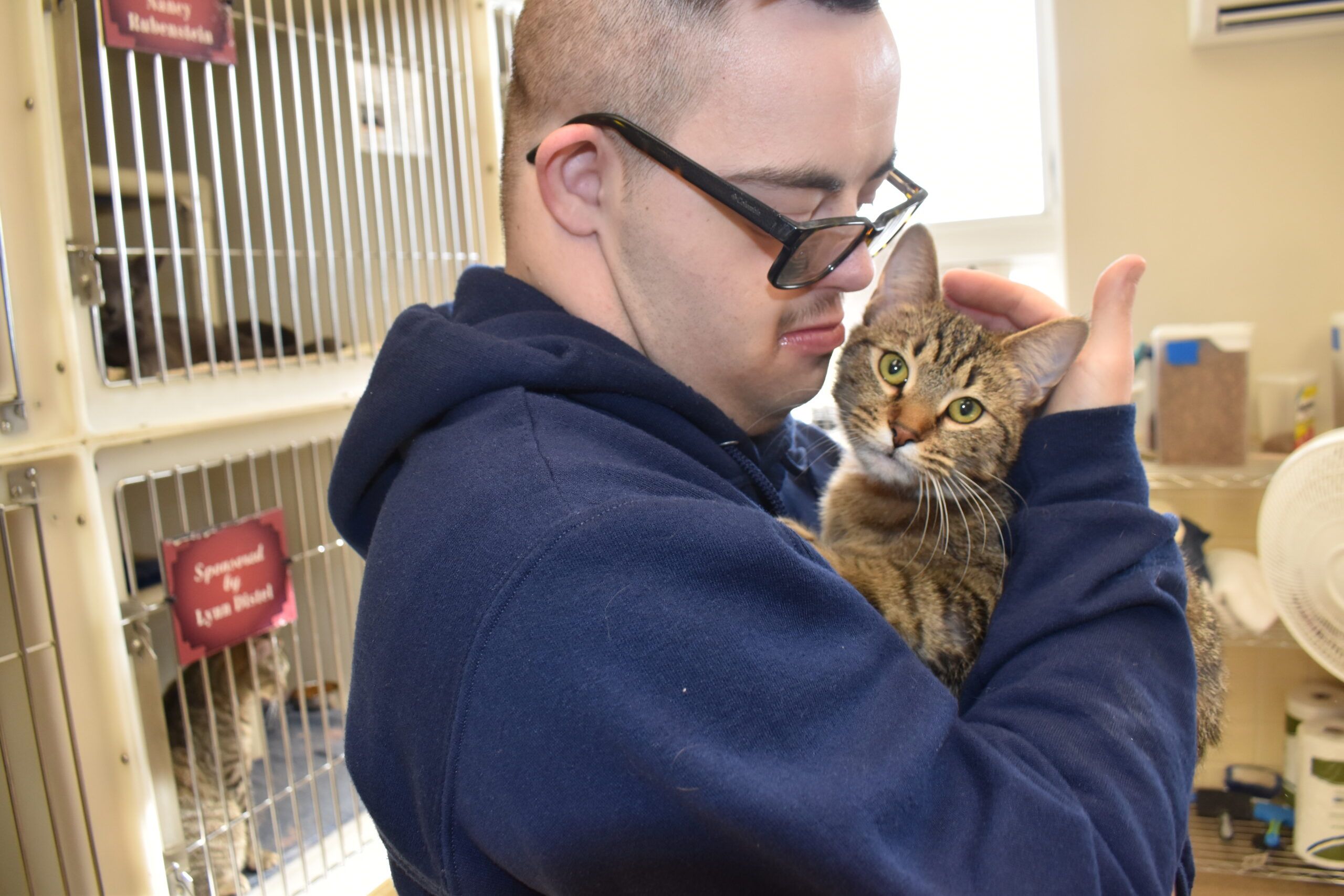
Decades of Service
The Seneca County Opportunity Center (SCOC) has provided education and services in Seneca County since 1956. SCOC has been operated under the Seneca County Board of Developmental Disabilities since 1967. Over the years, SCOC has adapted to the ever-evolving disability services landscape to ensure that the community has ample access to opportunities and resources available to them. SCOC has worked hard to advocate for community spaces and places that are accessible to all members of the community.